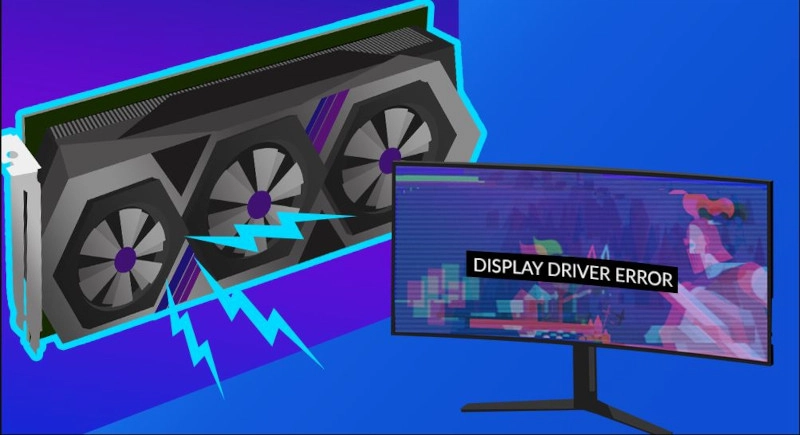A graphics card failing can be a disaster for a gaming system.
Have a kid complaining loudly that their video game is glitching? You may want to ignore it. But, that problem could be a sign that the computer’s graphics card is failing. There are other symptoms to look out for too. Learn them all and what to do about them.
Is Your Graphics Card Going Bad?
If you are a hard-core gamer or do a lot of video editing, you’ll need a graphics processing unit (GPU). Without one, you won’t see anything on your computer screen. So, it’s a problem when it starts to fail. This article discusses signs to look for and what to do.
First, what does the graphics card do? A graphics or video card takes data from your computer’s central processing unit (CPU) and translates it into what you see on your monitor. Every image on your computer screen is composed of millions of pixels. The graphics card is what decides what kind of picture you see.
Many computers have integrated graphics with the central processor. However, depending on how you use the computer, you might have purchased one with a dedicated graphics card. A dedicated graphics card allows you to see more complex visuals with more clarity and give you better performance. Top-quality graphics cards boast lots of memory and fast processing to translate binary data into images at frames-per-second rates.
Early Symptoms Of A Dying Graphics Card
You can’t predict why a graphics card may begin to fail, but there are some symptoms of likely failure. Graphics cards can experience physical damage by incorrect installation or fail due to overheating or a power surge. There is also the possibility of a manufacturing defect not being detected during the initial build.
1. Screen glitches or artifacts
Maybe you are playing a video game or streaming your favorite movie when you notice on the screen:
.weird colors or shapes;
.pixelation;
.frame tearing.
These could be there for only a few seconds. You might move your mouse, and they go away. But, you don’t want to overlook these symptoms.
2. Stuttering
A computer screen freezing up or dropping frames can mean graphic card failure. It could also be due to malware or issues with your hardware or RAM. Still, this is not a symptom to ignore.
3. Fan overworking
If you’re hearing your fan more than usual, it could mean the graphics card is overheating. Overheating can damage your computer, so act quickly
4. Solid screen color
Graphics card failure may have caused the system to crash. At this point, the only option available is to do a hard shut down. Crashes can happen for other reasons too. If you get a solid black or blue screen (or with many error codes), your video card may struggle. But if this happens when doing graphics-intensive activities, look to the gaming card.
What To Do About Graphics Card Failure
Start by determining if the graphics card is the culprit. Many possible issues could cause some of the above symptoms.
You can try to repair the card yourself, but it is risky. Removing the graphics card and re-inserting back into the PCIe slot may remedy the situation if the GPU has come loose. It can involve updating the motherboard drivers for your chipset and updating display drivers. You might also need to look inside the computer to check connections and clean out any dust buildup.
I can determine what is causing your graphics woes and work to repair the hardware at a much lower risk. Contact me for help today!


